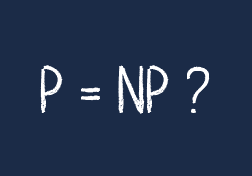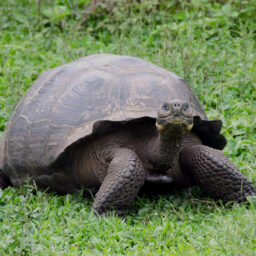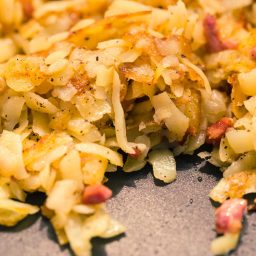Understanding Evolutionary Algorithms
Evolutionary algorithms (EAs) offer a compelling approach to problem-solving by drawing inspiration from the principles of natural selection, which have been uncovered by biologists. In this blog post, we will explore how EAs work and consider some of their real-world applications, before going on to work on an example implementation in the Go programming language. […]
![The peppered moth [Biston betularia].](https://golangprojectstructure.com/wp-content/uploads/2025/03/peppered-moth-biston-betularia-256x256.jpg)





